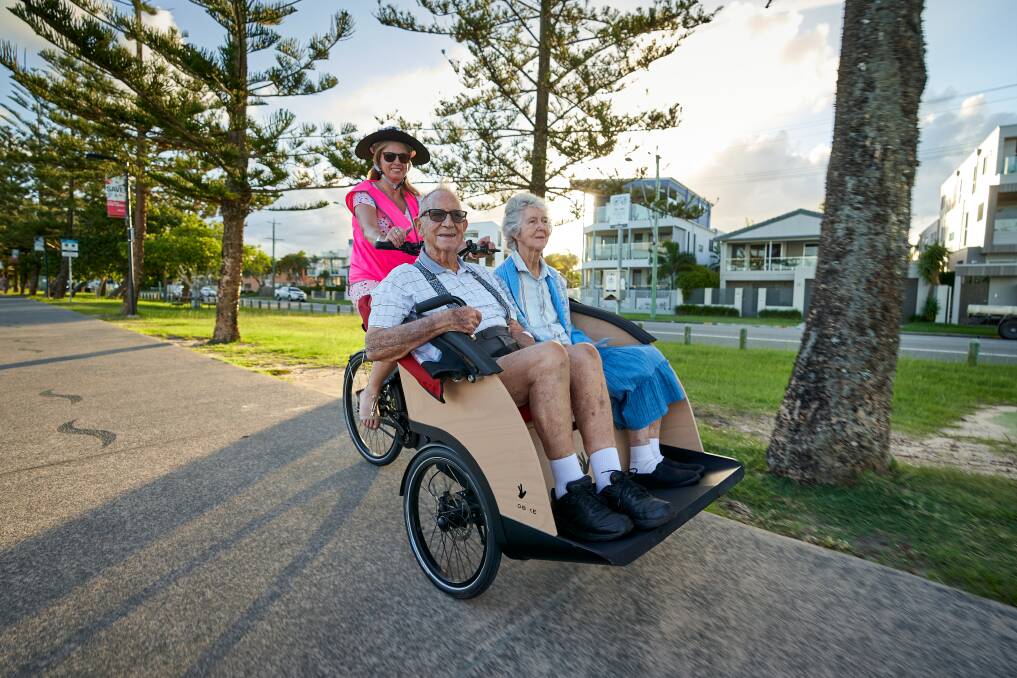Most senior cyclists struggle with declining eyesight. Finding safe and effective ways to monitor traffic from behind is crucial. This article explores options for flat mirrors that don’t distort views, helping older riders stay safe on the roads.
Leveraging Low-Distortion Views
Convex bicycle mirrors distort rear views, straining aging eyes. Flat wrist mirrors aim to solve this. While these provide undistorted views, their narrow fields limit visibility. ROCKBROS resolves this with a 180-degree viewing flat wrist mirror that adjusts 360 degrees. Its wide field and clarity let senior riders safely check behind without head turns. Other flat options also address visibility and clarity senior cyclists need.

Adapting Existing Gear for Expanded Vision
Some adapt common eyewear to gain rear views. Bicycle sunglasses mirrors attach mirrors unobtrusively, keeping hands free. Their positioning near the eyes widens peripheral vision compared to wrist mirrors. Models from Epicover use shatterproof acrylic for durability and versatility in any weather. Their flat surfaces maintain an undistorted image even with reduced acuity. With practice, cyclists learn to seamlessly integrate these extended vision aids.
Ergonomic Designs Maximize Comfort and Function
Physical limitations affect seniors’ cycling enjoyment and safety. Well-designed mirrors consider these factors. The BriskMore bike wrist mirror earns praise for comfort through its lightweight ABS plastic construction. Its adjustability provides flexibility to each rider’s needs. Cyclists appreciate controls that are simple to use with limited dexterity. Features like fog-proofing further expand usability for aging cyclists in varied conditions. Convenience and customization empower independent mobility.
Gaining Confidence Through Experience
Adjusting to any new peripheral vision tool requires adaptation. Most find that within days, rear views feel instinctive. Taking short test rides close to home builds confidence. Finding places to glance frequently at first, like intersections and parking lots, accelerates the learning curve. With repetition, peripheral cues replace reliance on head turns that are inconvenient or straining for seniors. Greater reassurance follows this adjustment period. Soon cyclists notice feeling liberated having visual awareness of all around them.
Advocating for Senior-Friendly City Planning
As more cities aim to promote active aging, cyclist-safety policies could better serve this population. Intersections present unique hazards for reduced-mobility riders. Senior cycling advocates stress the importance of paved shoulders, protected bike lanes, adequate signage and timing of traffic signals. Community groups can impress these considerations on transportation departments. When infrastructure considers senior capabilities, people stay engaged through mobility well into later years. Together communities and individuals can find adaptation solutions.
Maintaining an Independent and Active Lifestyle
For active agers, bicycling provides transport, exercise and social engagement. Finding gear that extends safe riding years empowers continued participation. Minor adaptations open up recreational enjoyment that enriches lives. Connecting with other senior cyclists through organizations offers camaraderie and encouragement too. Making lifestyle changes gradually, like starting with an e-bike, preserve mobility seniors value. Independent spirit and community support ensure fulfilling outdoor activities remain accessible throughout life.

 Our Experience Visiting South Africa: The Beauty, Challenges and Insights
Our Experience Visiting South Africa: The Beauty, Challenges and Insights